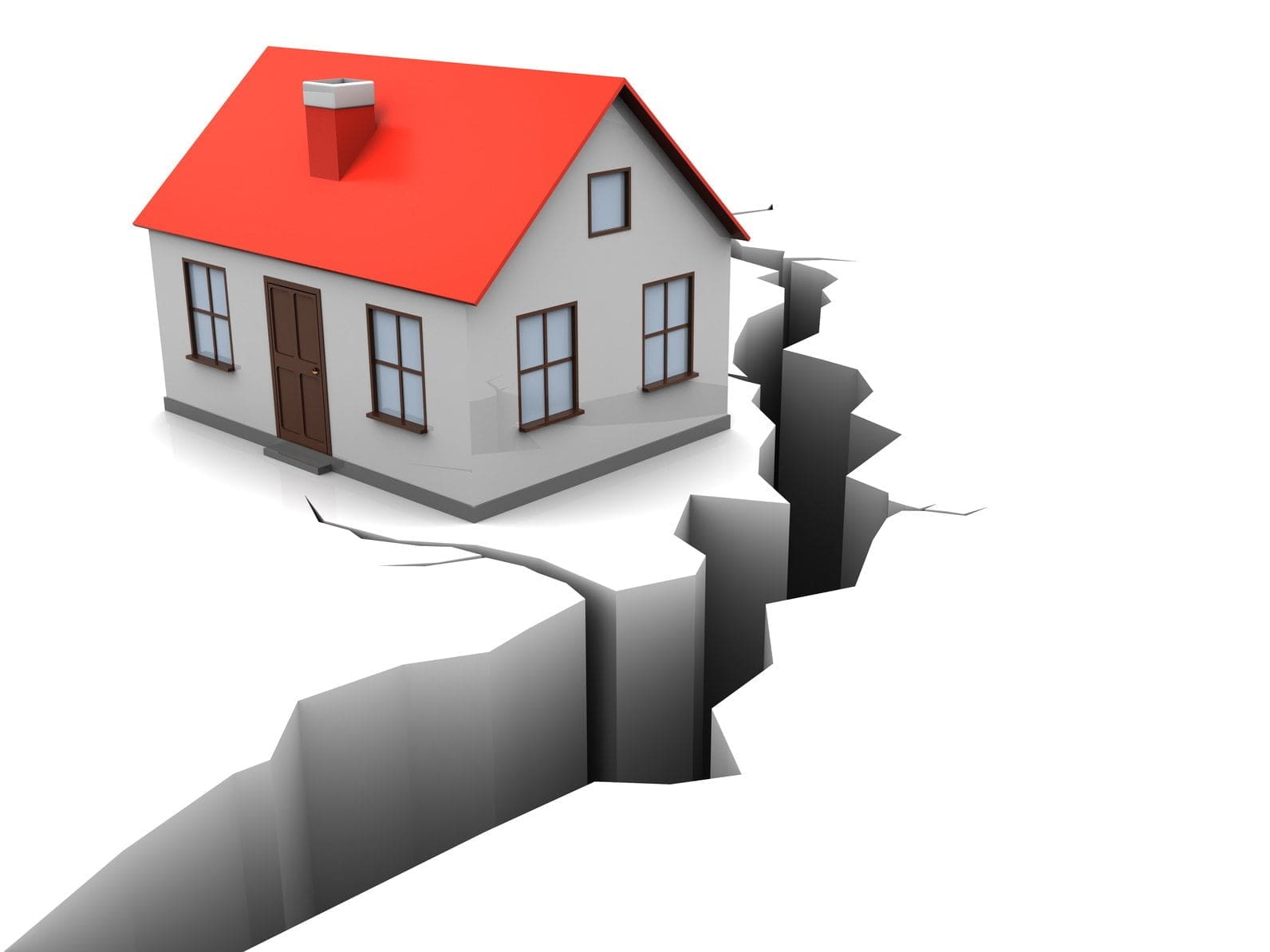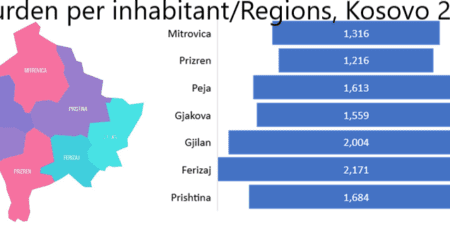Compulsory housing insurance provision by catastrophes in a fiscalist’s perspective
Property insurance can make an important contribution to managing the financial impacts of earthquake risk, although earthquake loss insurance faces a number of challenges.
As a result, various countries have made public earthquake (re)insurance arrangements to support wider insurance coverage, especially among households.
Other countries have taken other measures to improve earthquake insurance.
The earthquake risk protection gap leaves households and businesses and ultimately governments vulnerable to financial losses arising from this natural disaster.
In reality, each country is based on numerous researches, calculations, analyzes and related policies that originate from strategies dedicated to give a long-term political product, in the direct interest of the public and without significantly affecting its daily life.
In this context, the political will and the model proposed by the government in the form of the draft law on disaster risk financing should aim to ensure that the financial impacts from force majeure events can be managed without creating significant financial or economic vulnerability, provide appropriate incentives for risk reduction.
Encouraging broad insurance coverage can contribute to this objective, as it has been effective in countries with higher levels of insurance penetration, but also in countries that have combined public trust and culture in fund management and responsiveness to disasters.
Currently in legal initiatives in many different countries, insurance has normally provided a source of real-time funding for reconstruction. What is most important for the public model of the compulsory insurance scheme for the Albanian market, an insurance premium paid in years reduces the potential costs for the public sector in covering uninsured losses and aims to increase the culture of property insurance and in general all valuable assets.
But, to make this great leap of the little culture and civic education to pay for the public services that the state budget pays for, it is necessary to take measured steps in the direction of distributing the cost, covering it and achieving a alliance with private market operators.
Precisely, when we read the text of the draft law together with the accompanying relation, it can be seen that this government initiative lacks the comprehensiveness of risks and the way of coping with them. At least it seems like a one-sided law, which deals with the most sensitive part of the facility for treatment, due to the occurrence of earthquakes that are in their cycle in the region after more than 4 decades. In dealing with risks from a financial point of view, they must rely on an exhaustive analysis of profitability from the general public, also serving as a representation of real situations that fulfills a law in which the annual contribution of the general Albanian public is required.
This argument for the inclusiveness of the object of the law is also supported if we read what was proposed more than 6 years ago (2016) by a study dedicated to Albania published by the World Bank. In this report, it is proposed to the government “Rama 1” for undertaking the political initiative for a draft law necessary for mandatory insurance for housing and property against floods and earthquakes.
The reasons why it was not proposed, let alone passed through public and legal discussions to be approved, seem to be related to the lack of the same focus as after the earthquake events of 2019. All the more so that this initiative that can provide value added to the proposal at this moment is not mentioned at all in relation to the draft law. From all this it is understood that the drafters of the draft law (Ministry of Finance and Economy and the Financial Supervisory Authority) may be in the conditions of drafting a law in a hurry and immature and confronted as it deserves a request for funds to the public in the event of an earthquake of 2019.
If we can refer to cases that come from laws in the countries that the relation itself mentions that they were studied as experience to draft this draft law, it seems that property damage from earthquakes is not the first, but also those from forest fires and the vicinity of residential areas, floods from natural disasters, landslides, snow avalanches, hurricanes or possible storms.
This variety of cases to be included as an object of the draft law has a lot of meaning for the public, since Albania has a diversity of natural disasters and different levels of exposure to natural risks, and all of this must be related to the direct context that comes according to seismic maps, areas with repeated natural risks, as well as exceeding perhaps even those cases where the state budget has invested and not addressed disaster protection, since not all of Albania is connected to the earthquake.
There is no confirmation that the country is above seismic hotspots for systemic risk from volcanoes or earthquakes, similar to areas in Italy or Turkey.
Meanwhile, this is also confirmed by the reality of the legal framework in the countries neighboring Albania. No country in the region has such a law in place or under discussion, much less to adopt it just for earthquakes. Not even Italy or Greece (proposed but no movement yet) have taken similar initiatives, since starting from the wide effect on the public, it is not possible to address all the problems that its approval aims to solve with one law.
In this sense, a comprehensive assessment of the risk and consequent damages from the earthquake is first needed, including the financial vulnerabilities that a major earthquake can create. This should also be a prerequisite for the adoption of the draft strategy to manage the financial impacts of the earthquake risk.
Although the Strategy[1] for reducing the risk from natural disasters is still in the approval process, no part of the draft law mentions the connection with this fundamental document directly related to the object of the draft law, showing the shallowness of the draft and the haste in this initiative that among others seek to change the course of the culture of paying for public services.
In all this initiative with seemingly small impacts on the population is necessary for the enhanced information of all the effects in case of emergency starting from the response, land use planning, building codes, property titles, as well as the effectiveness from the investments of up to date for risk reduction.
A law of this magnitude that affects the entire population needs accountability for the issues it is trying to address and change, and should clarify the development of options for managing earthquake-related contingent liabilities. It is also a prerequisite for the transfer of earthquake risk to insurance and capital markets.
It is not yet known how many possible references from seismic analysis and updated maps on the condition and resistance of housing have been considered for a transparency of the situation and dedicated studies to justify the cost on the shoulders of the citizens and their benefit, as well as the concealment of the fact that the direct and main beneficiary is the government budget.
Meanwhile, if a short search on the references on compulsory insurance in Turkey, Romania[2] and the Philippines is enough, it can be seen that even in relation to the annual compulsory insurance premium they have a low insurance value of 15 – 20 Euros and a coverage value of damages up to 20,000 euros. Meanwhile, in the draft law, the value of insurance remains an enigma and is not yet clarified with cases and examples based on the risk and all the terms of reference.
All this context that permeates this draft law reflects that the approach of this policy does not seem to be based on different risks and situations, but creates the idea that even the implementation9 of this law based on this financial logic creates inequality among the public in its applicability.
Another topic that must be addressed is the moment of intervention in the private market and where the whole new legal initiative affects this market by limiting the economic freedom of operators. In this legal initiative, it is necessary to clarify clearly how the intervention will be, how much it will be combined with the private market and how much room there is for both schemes to complement each other and not the opposite.
At the moment, when all this financial initiative has little reference regarding the overall management of risks resulting from force majeure situations, but taking into account similar analyzes to those of OECD countries[3] it seems that there is little place to perceive that there is a desire and willingness for dialogue on the part of the drafters and proposers of the draft law.
In fact, currently there is more exclusion and not all-inclusiveness of the public and sector experts who have their own field of analysis, those aspects that are affected by the implementation of this draft law.
The way laws in many cases also come as part of capture by narrow private interests makes an article of the draft law on the involvement of an international fund management operator expected by law enforcement with a reasonable suspicion that the public interest does not is the first reason in this proposal.
On the other hand, the stipulation of not providing public services in case of non-implementation of the law does not need to be commented that it violates the guaranteed rights of citizens that services cannot be violated and prevented by any other law, no matter how important it is considered by the government or parliament.
In the end, regarding the fiscal aspects of such a project, we must mention that the management of such funds is related to the management of the budget as a whole, and the moment when advertising for its orientation has strong political and public contestations should be viewed with the care of a responsible citizens and in respect of the citizen’s vote.
[1] https://konsultimipublik.gov.al/documents/RENJK_509_Strategjia%20Kombëtare%20për%20Zvogëlimin%20e%20Riskut%20nga%20Fatkeqësitë%202023-2030_31.08.2022_Final%20Draft.pdf
[2] https://www.romania-insider.com/home-insurance-rates-romania-june-222
[3] https://www.oecd.org/finance/insurance/Financial-management-of-earthquake-risk.pdf




Leave a Reply
You must be logged in to post a comment.